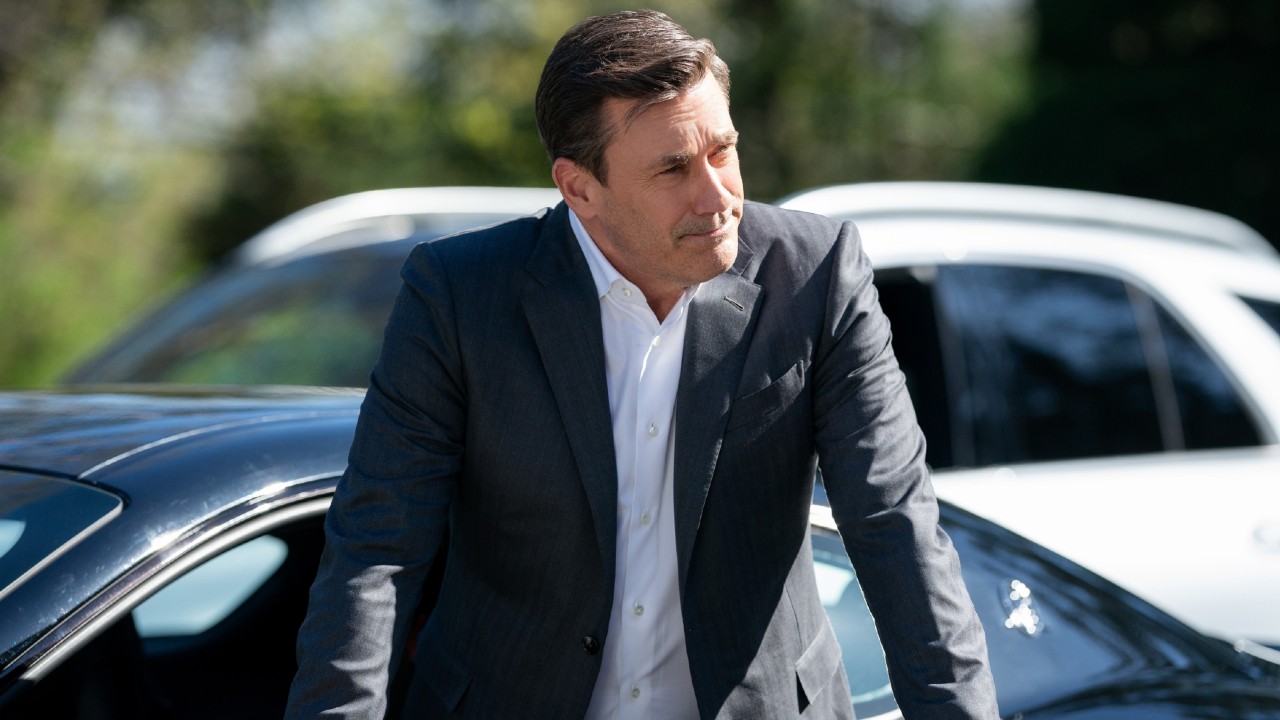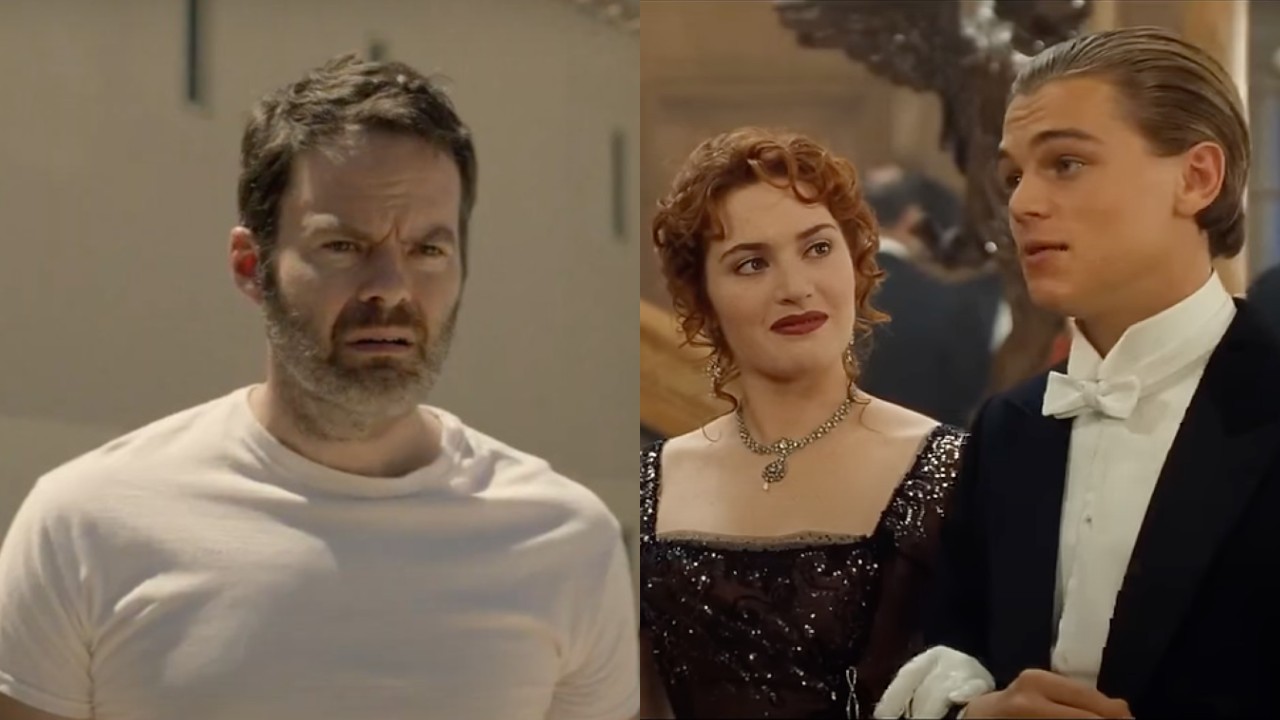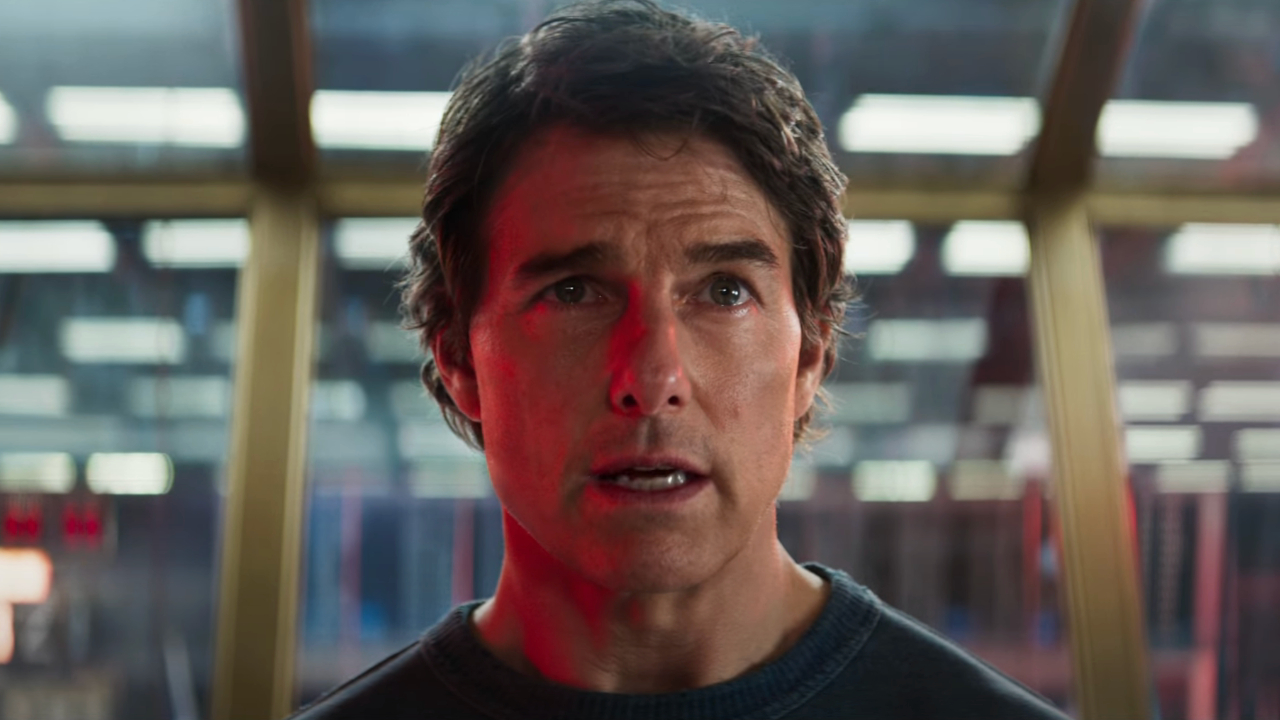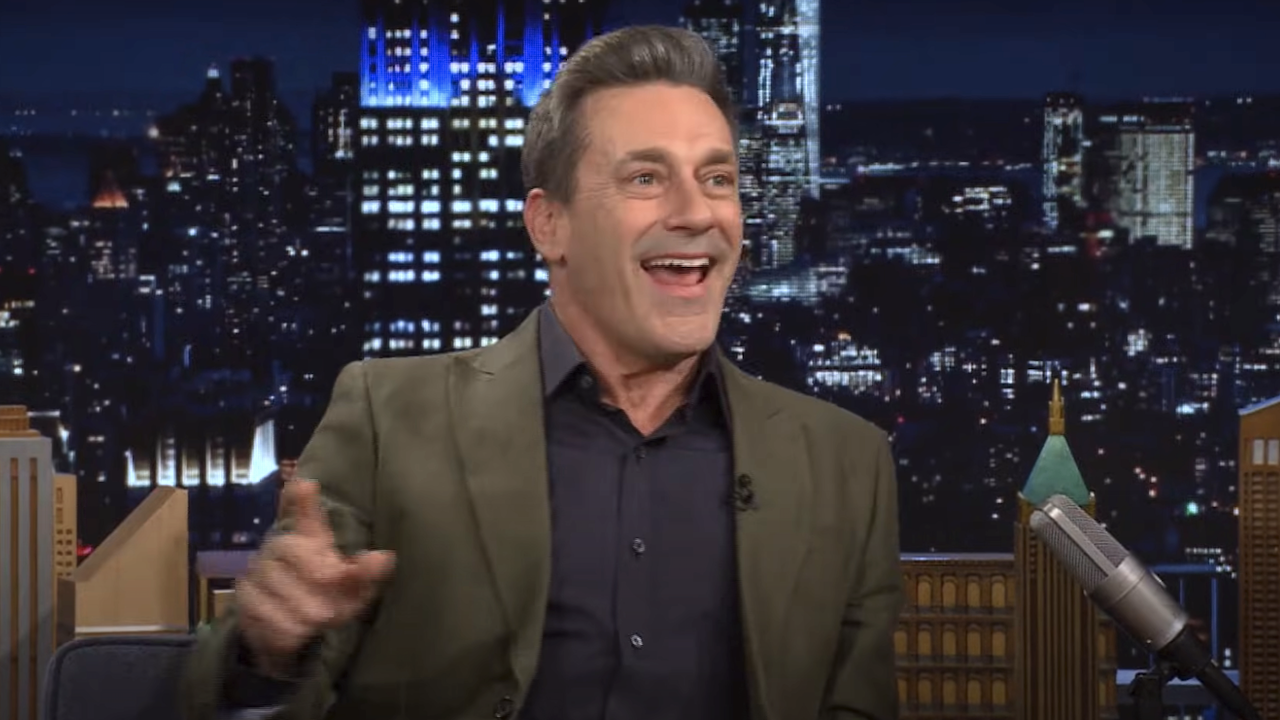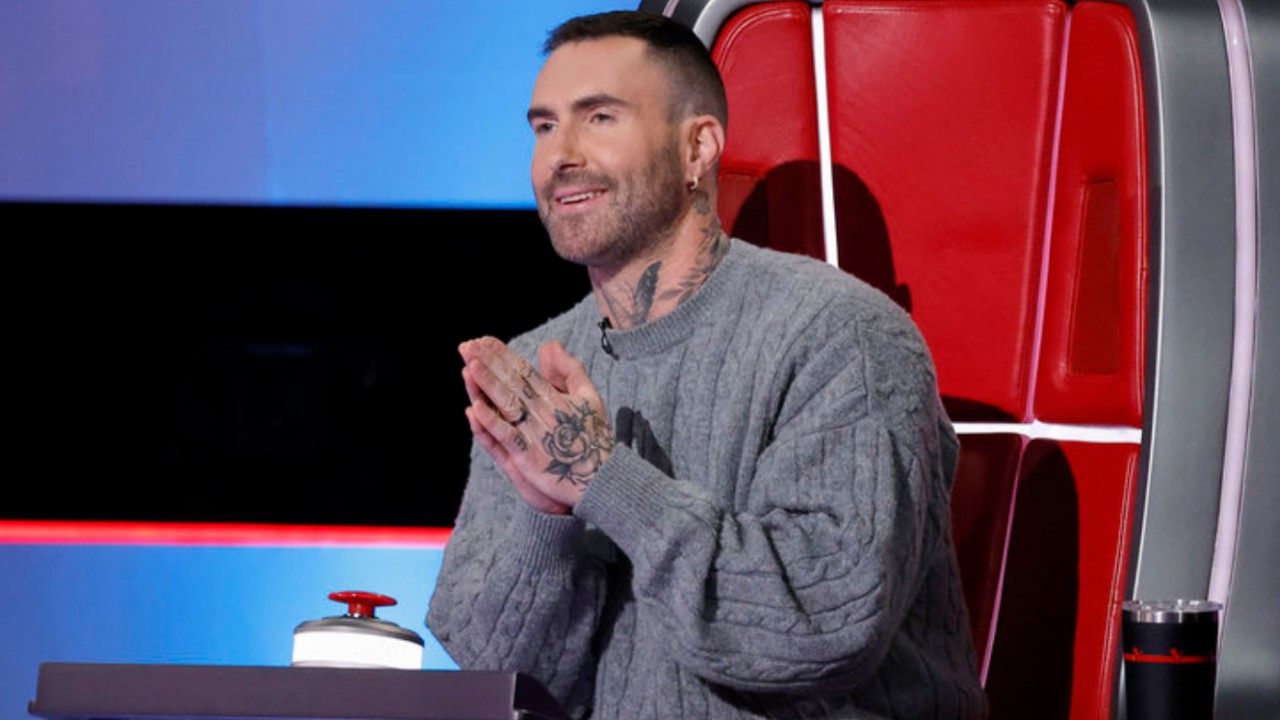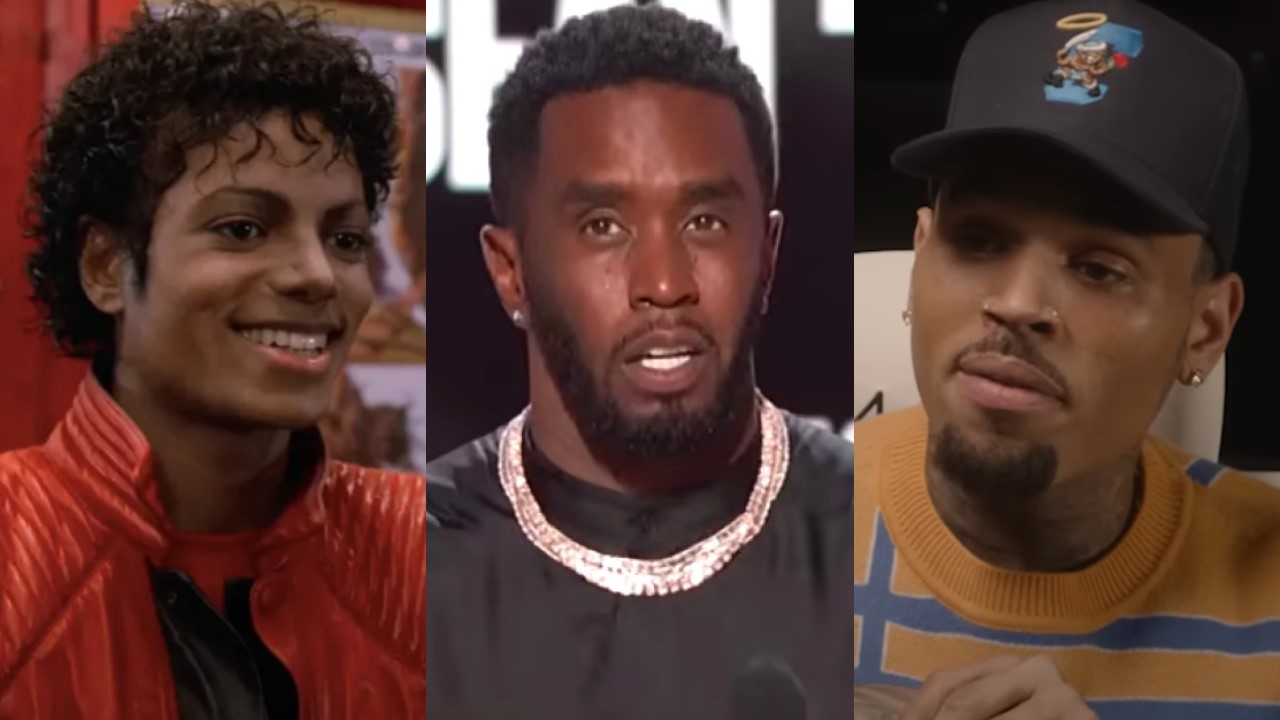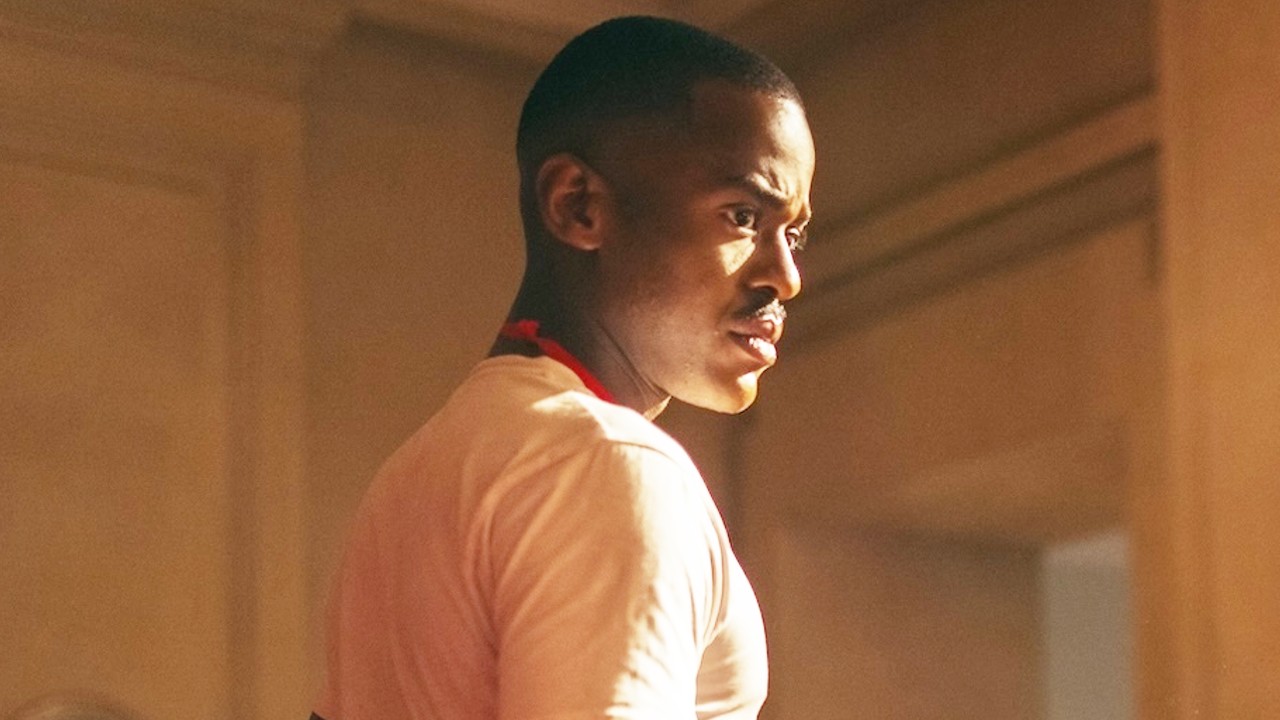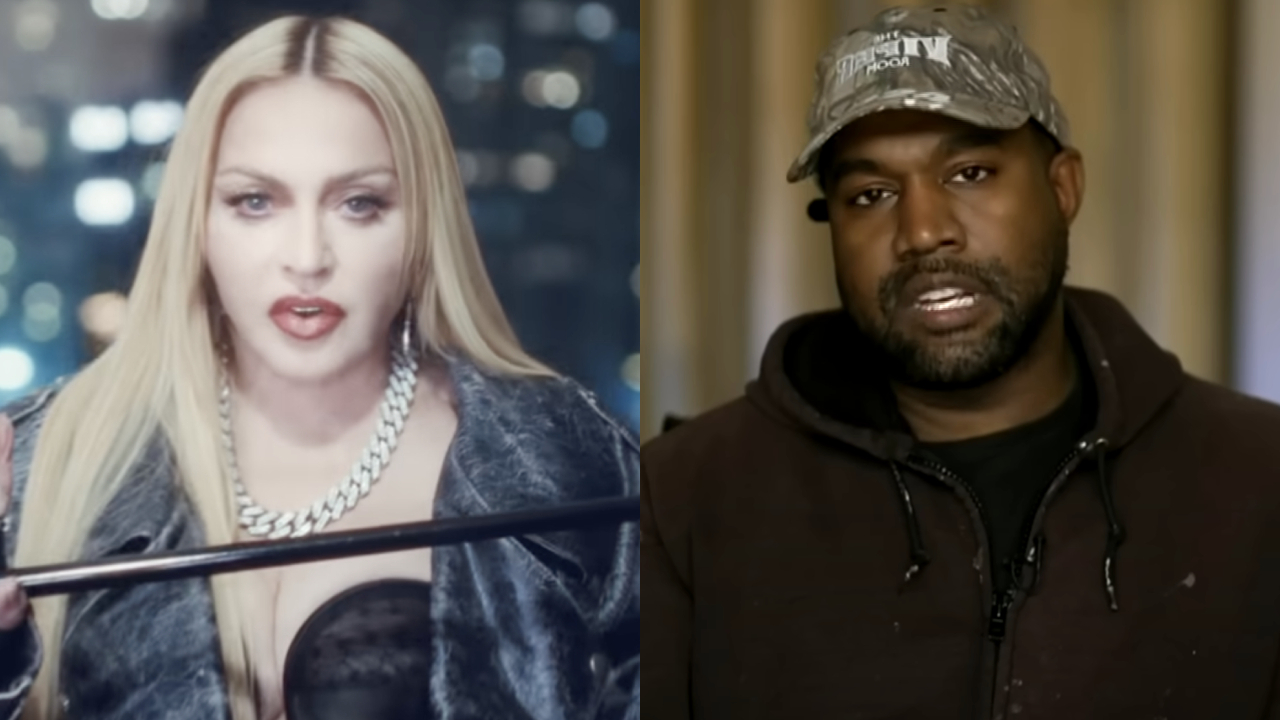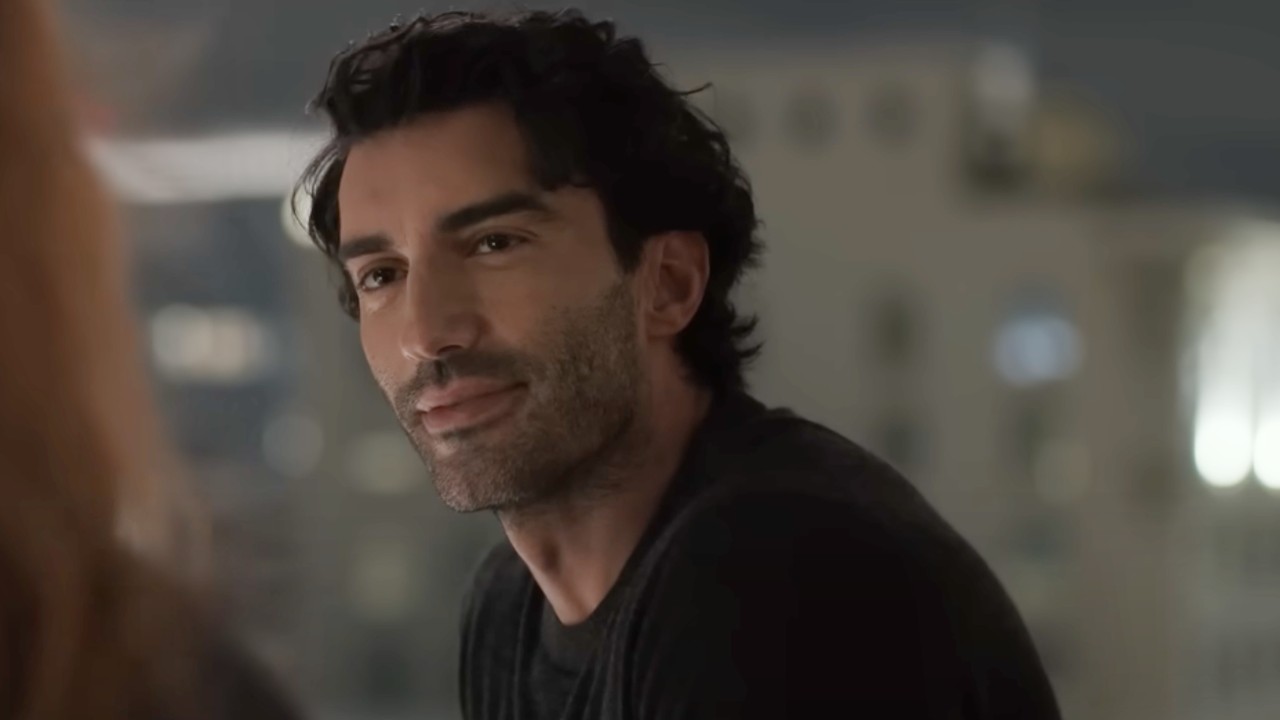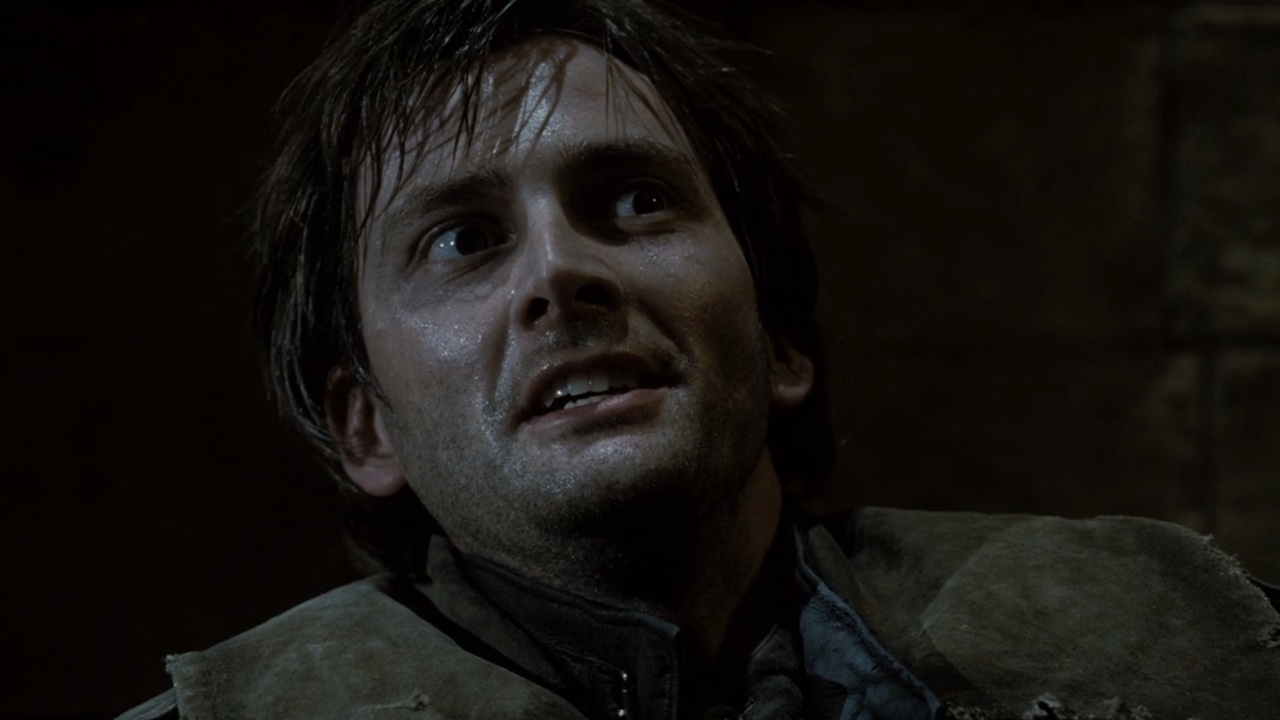Why The Soul Stone Sequence Is The Best Part Of Avengers: Infinity War
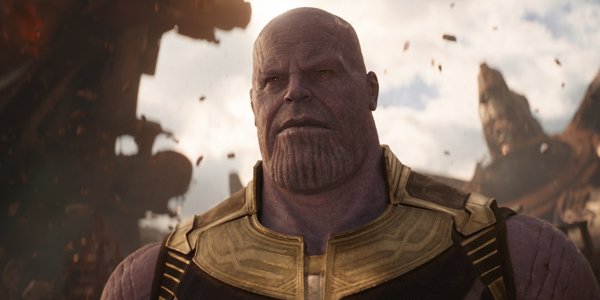
SPOILER WARNING: The following article contains major spoilers for Avengers: Infinity War. If you have not yet seen the film, please bookmark this page, and save the read until after your screening!
Going into Avengers: Infinity War, one of the most important franchise questions repeatedly asked by fans was about the location of the Soul Stone. The Marvel Cinematic Universe spent 10 years introducing five of the six Infinity Stones, but the last one was long maintained as a mystery. There was endless speculation, some believing it to be located in Wakanda among other places, but all mainstream guesses turned out to be wrong. Instead, the blockbuster brought us to a whole new world to reveal the site of the missing ingot -- and in doing so crafted what is ultimately the best sequence in the entire film.
Avengers: Infinity War is filled brim with moments that are shocking and hilarious, but nothing operates quite like Thanos and Gamora's trip to Vormir to acquire the Soul Stone. Not only does it contain one of the darkest twists to ever unfold in the Marvel Cinematic Universe, as well as the movie's best cameo, it most importantly features a level of emotion that is both devastating and beautifully confusing. The scene only runs a few minutes, but has a lasting effect that stays with you until the end credits and beyond.
The sequence begins shortly after Gamora reveals the location of the Soul Stone, with Thanos transporting himself and his favorite daughter to the desolate planet Vormir. After a treacherous climb up a steep mountain, they find themselves on a cliff face-to-face with a mysterious figure in a tattered shroud. It's revealed that this is none other than Johann Schmidt a.k.a. Red Skull - who has been the keeper of the Soul Stone ever since handling the Tesseract in the 1940s -- and he explains that the only way to possess the power of the orange Infinity Stone is to sacrifice the soul of a loved one. In this moment Gamora thinks she has won, as she truly believes that her tyrannical adoptive father is filled with nothing but hate and purpose... but she is wrong. Despite her feelings towards him, Thanos actually cares for Gamora more than anything, and because he's not willing to forsake what he sees as his destiny, he grabs her by the arm and tosses her off the precipice to her death.
Beyond featuring the murder of a beloved character, what makes this scene so remarkable is an extension of the key quality that makes Avengers: Infinity War special on the whole: the immense and surprising emotional depth built into Thanos' character and narrative. The worst version of the Mad Titan to depict on screen would have been the version seen through the eyes of Gamora -- one who craves nothing but death and dominance over the universe. But the Soul Stone sequence in particular reveals him as so much more than that. His ultimate goal may be horrific and nightmarish, but he's also brimming with conflict, captured in the tears he sheds as he kills his daughter. Listening to him philosophize throughout the film, you understand that he perceives his "destiny" to eliminate half of life in the universe as a burden; he has no desire at all to kill Gamora, and instead sees each of his steps towards completing the Infinity Gauntlet as necessary sacrifices. It's what makes him a very special and very different kind of comic book villain, and while it feels immensely strange to feel empathy for such a monster, the movie makes it happen.
Going further in demonstrating its significance, the Soul Stone sequence is also the point in the blockbuster where the tone morphs into an entirely different beast. While there are significant deaths prior to Gamora's, including Heimdall and Loki in the very first scene, everything is shaded differently after the Guardian's fall. It's the moment when you begin to feel the potential for a classic Hollywood ending slipping away -- and then the film just brings down the emotional hammer with its final 30 minutes. Because of its placement in the narrative, it's arguably the most crucial scene in Avengers: Infinity War, and it's perfect in every way.
Not to be undersold in anyway is the presence of Red Skull -- who is easily the most surprising character to appear in the massive blockbuster stuffed with Marvel heroes and villains. Fans have spent seven years speculating about the whereabouts of the Hydra leader following the end of Captain America: The First Avenger, but for the longest time it looked like there was no answer coming. But then Avengers: Infinity War delivered. It's true that it's not the original actor, as Hugo Weaving was recast with Walking Dead actor/master impressionist Ross Marquand, but it's hard to notice in the moment because you're just so blown away by his presence and genius utilization.
CINEMABLEND NEWSLETTER
Your Daily Blend of Entertainment News
With its emotional wrecking ball of a twist, profoundly emotional characters, and deep ties to the Marvel Cinematic Universe, the Soul Stone sequence essentially encapsulates everything that is impressive about Avengers: Infinity War -- and is the crown jewel moment in the work done by directors Joe and Anthony Russo and screenwriters Christopher Markus and Stephen McFeely. It's classically rare to find a sequence this dark and this impactful in a mainstream blockbuster, but in the end it's a major part of what makes the 19th film from Marvel Studios such a unique experience.

Eric Eisenberg is the Assistant Managing Editor at CinemaBlend. After graduating Boston University and earning a bachelor’s degree in journalism, he took a part-time job as a staff writer for CinemaBlend, and after six months was offered the opportunity to move to Los Angeles and take on a newly created West Coast Editor position. Over a decade later, he's continuing to advance his interests and expertise. In addition to conducting filmmaker interviews and contributing to the news and feature content of the site, Eric also oversees the Movie Reviews section, writes the the weekend box office report (published Sundays), and is the site's resident Stephen King expert. He has two King-related columns.
